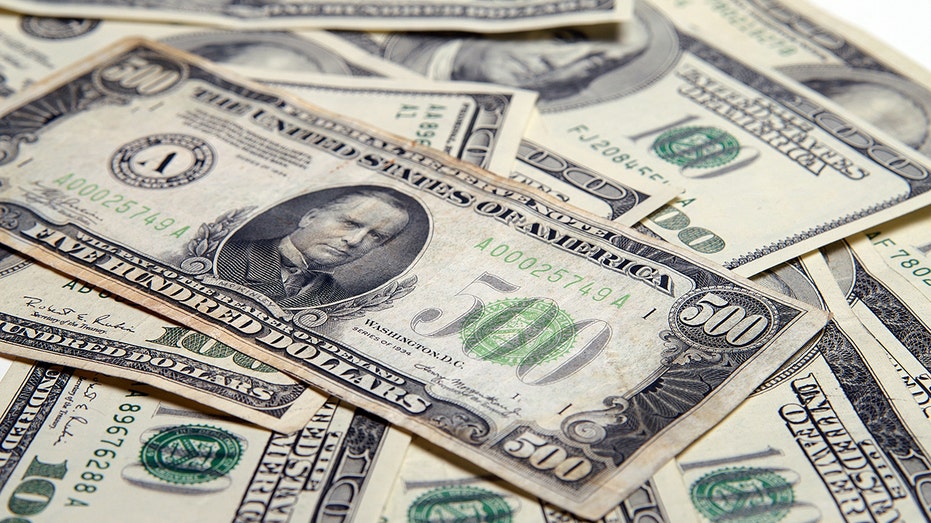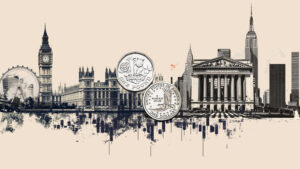Few people think about the Federal Reserve when choosing their lucky Powerball numbers.
Yet, Saturday’s drawing, the third-largest jackpot in U.S. history, is fueled in part by the Fed’s high interest rates.
When officials at the Fed and President Donald Trump debate rates, they are most likely not concerned about lottery jackpots. But the unusual stretch of higher rates shows how the same decision can cut both ways—costing some Americans money while boosting the savings of others.
POWERBALL TICKETS SOLD IN MISSOURI AND TEXAS WIN $1.79B JACKPOT
Saturday’s $1.79 billion Powerball jackpot, with a cash value of $820.6 million, went to ticket holders in Missouri and Texas.
The only way to receive the eye-watering full $1.79 billion total is to agree to 30 separate payments spread out over the next 29 years. Powerball’s yearly payments come from an annuity purchased by the lottery sponsor.
TOP TIPS TO HELP LOTTERY WINNERS PROTECT THEIR FINANCES
With today’s higher interest rates, those annuities generate more money, allowing the lottery to promise a bigger annual payout.

The headline $1.79 billion figure reflects the value of that annuity—but most winners want to take their winnings immediately, so they accept a lower lump sum, which is still a cool $770 million.
But how much bigger the annuity looks compared with the cash payout depends on interest rates, which the Fed controls.

In 2020, when the Federal Reserve slashed rates during the COVID-19 pandemic, the annuity prize lost some of its advantage. It went from being 43% bigger than the cash payout in January to only 20% bigger by August.
Today, with rates much higher, the advertised $1.79 billion annuity towers 121% above the $770 million lump-sum option.
Read the full article here















